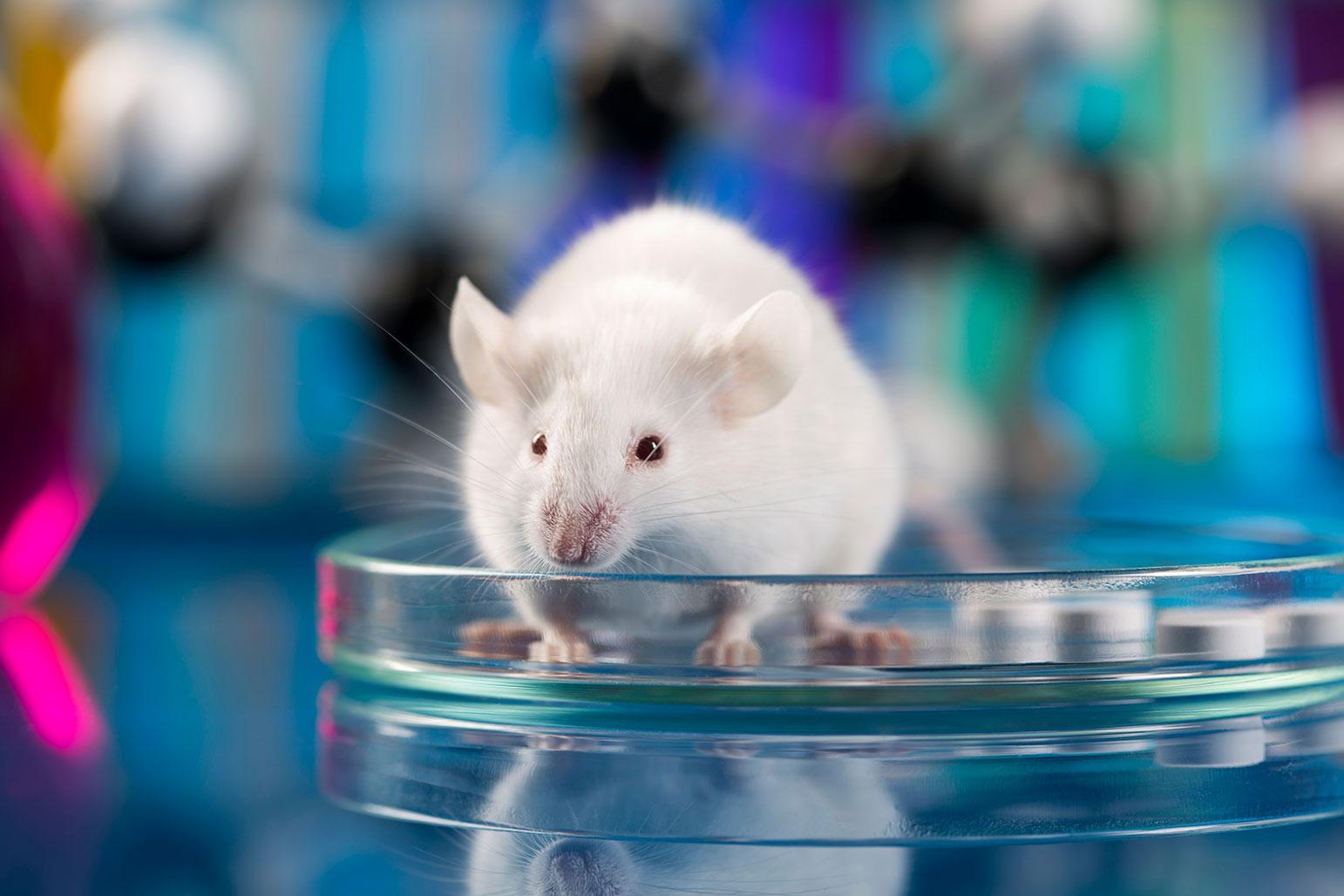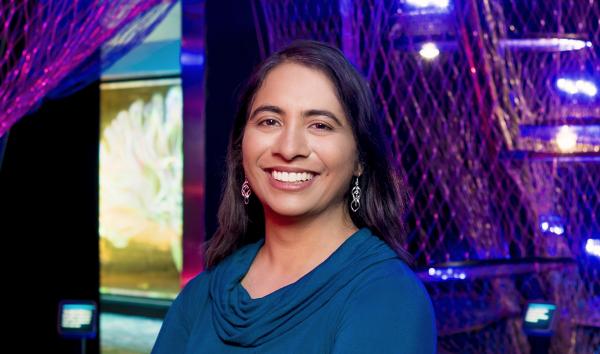
Date:
Embryonic stem cells have been used to develop treatments for diabetes, macular degeneration, spinal cord injury, and other disorders. Now, for the first time, scientists have used mouse embryonic stem cells to actually create artificial embryos, called “blastoids” (this may be my new favorite scientific word).
Stem cells are fascinating because they don’t actually carry out any functions themselves—they don’t move like muscle cells, carry oxygen like blood cells, or send signals like brain cells. But, they can develop into any of these more specialized cells depending on environmental conditions that turn different sets of genes on or off. In the body, they often act as a source for repairing damaged tissue.
Using cells from extra embryos donated by families after in vitrofertility treatments, scientists first isolated and maintained human stem cells outside the body in 1998. In the lab, these embryonic stem cells continue to divide for months, generating millions of cells that can be used for many different types of experiments.
In this new study, a team of Dutch scientists led by Nicolas Rivron combined two different types of mouse stem cells in a dish—cells that go on to form either the placenta or the embryo. After adding chemical signals to the right mix of these cells, the team found that the cells organized themselves and grew, forming blastoids with the size and structure of a 3.5-day-old embryo. When these blastoids were injected into female mice, the structures were even able to attach to the wall of the uterus, though they did not develop any further.
Why create these synthetic embryos? Scientists have recently begun studying many different types of tissues in "mini-organ" systems, because these three-dimensional structures better simulate how cells interact in the body. For embryos, the earliest stages of development are critical, as missteps can lead to infertility or disease. With blastoids as a new tool, the Dutch team hopes to decipher what’s happening in healthy embryos, as well gaining a better understanding of how and why things sometimes go wrong.


